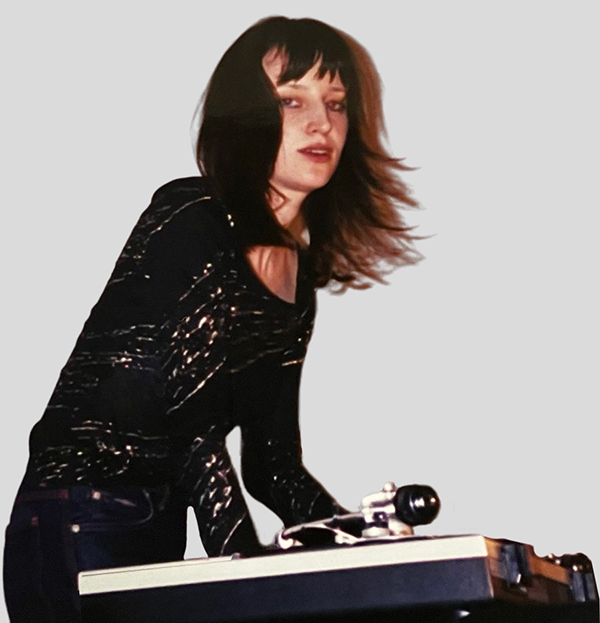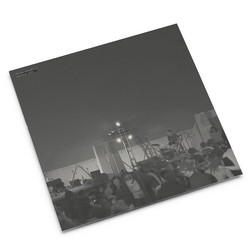Marina Rosenfeld - Greatest Hits
Back in 2021, we caught wind of a brand-new Berlin based label, Info, via their stunning debut release, Kristin Oppenheim’s “Night Run: Collected Sound Works 1992 - 1995”. This was followed last year by Oppenheim’s “Voices Fill My Head” and Nile Koetting’s “Remain Calm”. All three were a revelation, carving a fascinating pathway at the juncture of experimental sound practice and the contexts of visual art. Their latest, “Greatest Hits”, a brilliant new LP by the American composer and multidisciplinary artist, Marina Rosenfeld, takes us further into this realm. Joined by Greg Fox and Eli Keszler on percussion, unsurprisingly its texturally and conceptually rich expanses, like everything Rosenfeld touches, are creatively brilliant and deeply engaging, drawing to light uncharted potentialities of meaning through sound.
Following the completion of her underrated and graduate studies at Harvard and CalArts, Marina Rosenfeld emerged onto the American experimental music scene like a bang, with her first major work, “Sheer Frost Orchestra”, appearing in 1993. A composition scored for 17 women with 17 guitars and amplifiers, directing its participants to manipulate nail polish bottles in a series of one-fisted choreographic actions, its wry humor and deft social / political comment helped lay the foundation for a conceptual approach that has helped define her efforts ever since.


Standing apart from most of her peers, Rosenfeld’s work as a composer, turntablist, and sound artist has almost always bridged into the multidisciplinary, incorporating aspects of physical movement, installation / sculptural space, and the visual. Back in 2021, this reached remarkable heights with Room40’s release of “Teenage Lontano”, comprising two choral works composed for teenage ensembles, that radically rethink the notions place, genre, and actions, while deftly undermining the aesthetics boundaries all too often applied to experimental forms. Her latest, “Greatest Hits”, while no less ambitious in ideas and scope, delving toward a more intimate and incidental expressions of meaning through sound.

Initially conceived in 2016 for a program of live music accompanying the exhibition “Moholy-Nagy: Optical Sound”, at Guggenheim Museum in NY, “Greatest Hits”, the iteration of the piece featured across the two sides of Info’s LP draws upon recordings made at a performance with Greg Fox and Eli Keszler on percussion, stated at MoMA PS1 in 2019, that were later reworked into the form that we now encountered it.

The score for “Greatest Hits” is a translation of Rosenfeld’s archive of dub plates, created for the piece, “Turn of My Century/Dub Plates and Test Pressings, 1997-2014”, exhibited at Carnegie Mellon University in 2015. Using the numbers 1 through 7 as they occur in the playlist’s dates, times of day, and ‘a’ or ‘b’ side indications, Rosenfeld’s instruction prompt the drummers - Fox and Eli Keszler - to convert those numbers into polyrhythmic patterns and sequences in real time, accompanied by the composer’s passage through a playlist of the aforementioned dub plates. The result, interweaving fractured fragments, surface noise, and punctuations of electronics and processing, played against the virtuosic rattle of percussion, rises and falls with pointillistic imagism and microscopic detail, culminating as writhing sonorous landscape being birthed in real time, within which the drummers’ textural interventions mirror the very surface of Rosenfeld’s dub plates.


